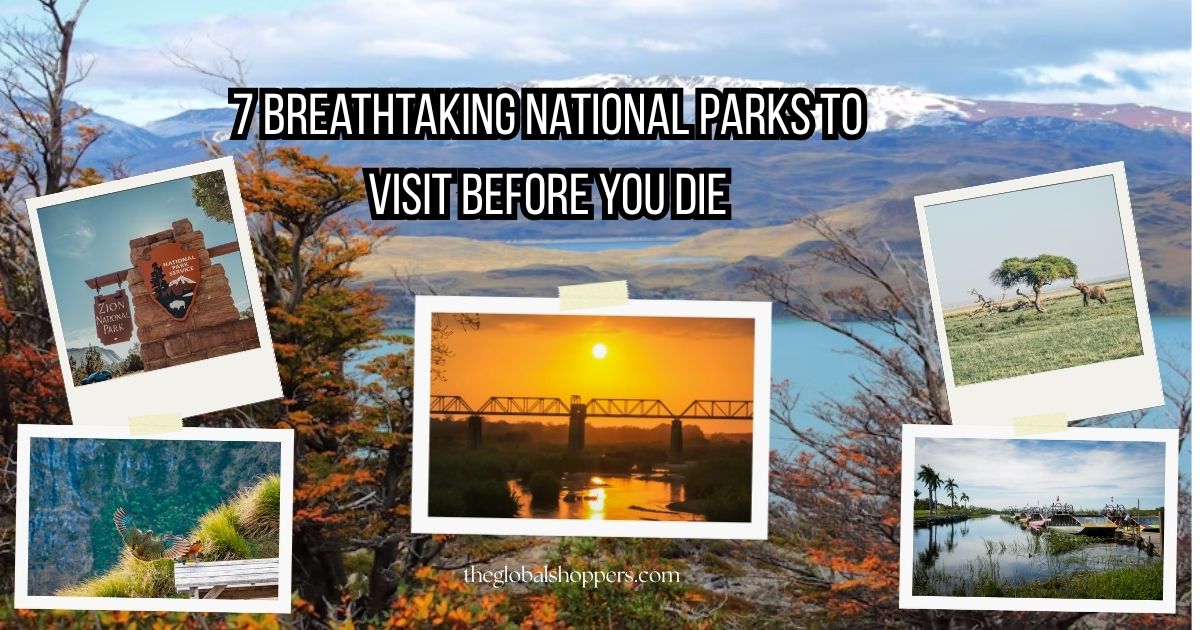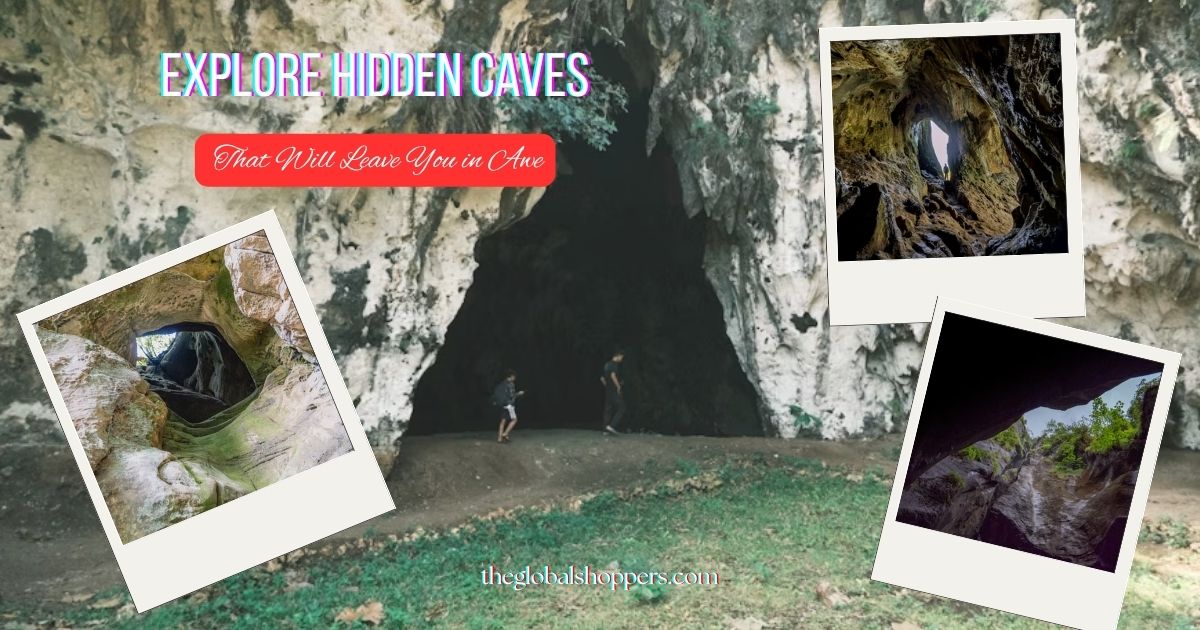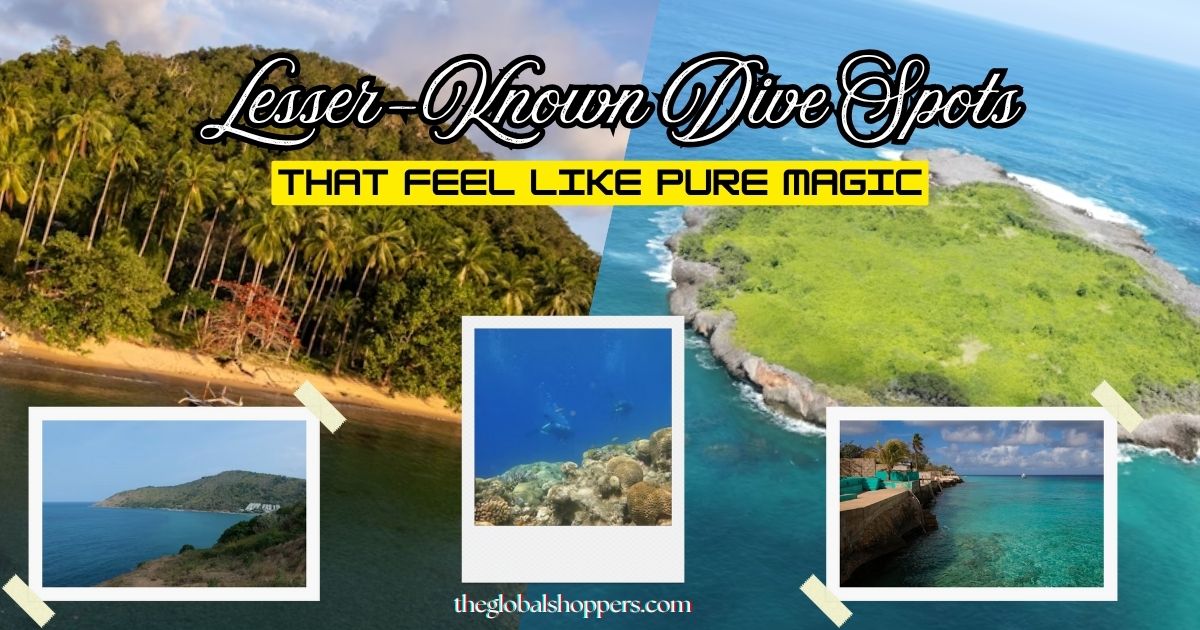There’s something sincerely humbling about standing before nature in its rawest form. National parks are living testaments to the Earth’s beauty, diversity, and power. They are sanctuaries where wildlife thrives, landscapes shift with the seasons, and every trail promises something unforgettable. Whether you crave the roar of waterfalls, the quiet of alpine meadows, or the thrill of spotting a lion on the African plains, these are the national parks you absolutely have to visit in your lifetime.
Explore 10 Must-Visit National Parks Around the World
1. Yellowstone National Park, USA
Yellowstone isn’t just a national park; it’s a global icon. Established in 1872, it became the world’s first national park and remains one of the most extraordinary natural destinations on the planet. Stretching across Wyoming, Montana, and Idaho, Yellowstone feels like an entirely different world. The park is renowned for its geothermal wonders, including vibrant hot springs, steaming geysers, bubbling mud pots, and fumaroles that release wisps of steam into the crisp mountain air.
Perhaps the park’s most famous feature is Old Faithful, the geyser that shoots boiling water skyward with impressive precision every 90 minutes. Just nearby, the Grand Prismatic Spring glows in surreal shades of orange, blue, and yellow, thanks to heat-loving microorganisms. Beyond its geothermal features, Yellowstone teems with wildlife. It’s one of the few places where you can still see herds of bison roaming freely, elk grazing in open meadows, or grizzly bears fishing for trout in the streams.
To experience the park at its best, visit between late May and early September when most roads and facilities are open. For fewer crowds, consider staying in early summer or late fall. Spend time exploring Lamar Valley, known for its wolf packs, or hike to Artist Point for breathtaking views of the Lower Falls of the Yellowstone River. Bring layers, a good camera, and patience—sometimes the most magical moments happen when you least expect them.
2. Serengeti National Park, Tanzania
The Serengeti is a masterpiece of the natural world, spanning the endless plains of northern Tanzania. It’s home to one of the most dramatic wildlife events on Earth: the Great Migration, where over two million wildebeest, zebras, and gazelles move in search of fresh grazing grounds. Watching this migration unfold feels like stepping into a nature documentary in real life. The sound of thundering hooves and the sight of predators lurking at the edge of the herd are experiences that stay with you forever.
The Serengeti is a paradise for wildlife lovers and photographers alike. It’s not just about the migration—the park also supports large populations of lions, elephants, cheetahs, giraffes, and countless bird species. You can enjoy sunrise game drives across golden savannahs, hot air balloon rides for panoramic views, or quiet evenings by the campfire listening to the calls of distant hyenas.
Timing your visit is key. Between June and October, the dry season offers clear skies and excellent wildlife viewing as animals gather near waterholes. From December to March, you can witness the calving season in the southern plains, where thousands of baby wildebeest take their first steps—an incredible spectacle that also attracts predators. Staying in a tented camp or lodge deep within the park gives you an authentic taste of wild Africa. Just remember: this is nature at its purest, so respect the land and leave no trace behind.
3. Torres del Paine National Park, Chile
If Patagonia is on your bucket list, Torres del Paine National Park is the crown jewel. Nestled in southern Chile, this park is the very definition of rugged beauty. Picture towering granite peaks piercing the sky, bright turquoise lakes reflecting the clouds, and glaciers that creak and crack as they move slowly through mountain valleys. Torres del Paine feels like the edge of the world—a place where time slows down and every view could be on a postcard.
The park is a dream for hikers. The famous W Trek offers a perfect introduction to Patagonia’s diverse landscapes, taking you past the iconic Towers of Paine, the dramatic French Valley, and the shimmering Grey Glacier. For more seasoned adventurers, the O Circuit provides a longer, more remote journey through untouched wilderness. Even if you’re not up for multi-day treks, there are plenty of shorter trails and scenic drives that showcase the park’s lakes and peaks.
The weather here is famously unpredictable, with sunshine, rain, and fierce winds often occurring on the same day. The best time to visit is from October to March when the days are longer and conditions are milder. Bring layered clothing, sturdy boots, and a good windbreaker—you’ll need them. Whether you’re camping under a canopy of stars or staying in a cozy lodge overlooking the mountains, Torres del Paine delivers one of the most awe-inspiring experiences on Earth.
4. Fiordland National Park, New Zealand
Few places capture the spirit of adventure like Fiordland National Park in New Zealand’s South Island. This is a landscape carved by glaciers and shaped by endless rainfall, resulting in lush rainforests, towering cliffs, and deep fjords filled with mist and mystery. The most famous of these is Milford Sound, often described as the “eighth wonder of the world.” Here, waterfalls plunge hundreds of meters into the sea, and fur seals bask on the rocks as boats glide silently through the water.
For those who love hiking, Fiordland offers some of the world’s best trails. The Milford Track, Kepler Track, and Routeburn Track are part of New Zealand’s Great Walks and take you through forests, alpine passes, and valleys brimming with ferns and moss. Each day feels like a discovery; one moment you’re surrounded by birdsong, and the next you’re standing before a thunderous waterfall.
The best time to visit Fiordland is during New Zealand’s summer months from December to February, although spring and autumn bring fewer crowds. Be prepared for rain at any time; it’s what gives the region its lush beauty. Bring waterproof gear and take a cruise through Milford or Doubtful Sound for views that will leave you speechless. Fiordland is a reminder of how small we are compared to nature, and that’s precisely what makes it so powerful.
5. Kruger National Park, South Africa
Kruger National Park is one of Africa’s most iconic wildlife destinations and an essential stop for anyone dreaming of a safari adventure. Covering nearly two million hectares, Kruger is home to an extraordinary variety of animals, including the legendary Big Five: lions, leopards, elephants, rhinos, and buffalo. Unlike smaller parks, Kruger offers a vast and diverse landscape, comprising savannahs, forests, and riverine ecosystems that support a multitude of species.
Visitors can choose between guided game drives, self-drive safaris, or private reserves on the park’s borders, which offer luxury lodges and intimate wildlife experiences. Early morning drives often reveal lions returning from the night’s hunt, while sunset drives capture elephants silhouetted against the glowing sky. Birdwatchers will also be thrilled; Kruger hosts over 500 bird species, making it one of the most biodiverse parks on the continent.
The best time to visit is during the dry winter months from May to September, when vegetation is thinner and animals gather near water sources. Pack binoculars, sunscreen, and a sense of patience—nature moves at its own pace. Kruger isn’t just about ticking animals off a list; it’s about immersing yourself in an ecosystem that has existed for millennia. Every rustle in the bush, every distant roar, adds to the thrill of being truly in the wild.
6. Zion National Park, USA
Located in Utah, Zion National Park is a playground for adventure seekers and nature lovers alike. Its red and orange sandstone cliffs soar high above the Virgin River, creating one of the most dramatic canyons in North America. The park’s trails cater to every level of hiker, from casual wanderers to adrenaline junkies looking for a challenge.
The Angels Landing hike is one of Zion’s most famous—and for good reason. The narrow trail winds along cliffs with breathtaking drop-offs on both sides, rewarding you with panoramic views of the canyon below. For something less intense, The Narrows offers a unique experience where you hike directly through the river between towering rock walls. The contrast of water, light, and stone creates a scene that feels almost otherworldly.
Spring and fall are the best times to visit, as temperatures are mild and crowds are smaller. Summer can be extremely hot, so be sure to bring plenty of water and start your hikes early. Shuttle buses run through the main canyon, making it easy to access popular trailheads. Beyond hiking, Zion also offers opportunities for canyoneering, rock climbing, and wildlife watching. Whether you’re exploring deep slots or gazing up at cliffs that seem to touch the sky, Zion’s energy is electric and unforgettable.
7. Everglades National Park, USA
For something completely different, visit Everglades National Park in Florida. Unlike the mountains and deserts of other parks, the Everglades is a vast, slow-moving river of grass that supports one of the most unique ecosystems in the world. It’s a subtropical paradise filled with mangroves, sawgrass marshes, and cypress trees, which serve as homes to alligators, manatees, and hundreds of bird species.
Exploring the Everglades is all about getting up close to its wetlands. You can take an airboat ride across the sawgrass, paddle a kayak through narrow mangrove tunnels, or walk along raised boardwalks where herons and egrets glide just overhead. The park is also vital for conservation, acting as a crucial breeding ground for many endangered species.
Winter, from December to April, is the best time to visit, as it’s the dry season and mosquitoes are less aggressive. Don’t forget sun protection and insect repellent. The Everglades may not have towering peaks or geysers, but it serves as a gentle reminder that some of the world’s most valuable landscapes are quiet, slow, and teeming with life beneath the surface.
Tips for Planning Your National Park Adventures
- Plan your timing carefully. Each park has an ideal season based on climate, wildlife activity, and accessibility. Research before you go.
- Book early. Many popular parks require reservations for camping, permits, and accommodations.
- Pack appropriately. The weather in national parks can be unpredictable. Bring layers, a first aid kit, and gear suitable for your activities.
- Leave no trace. Protect the parks by packing out your trash, staying on marked trails, and respecting wildlife.
- Disconnect and enjoy. Many parks have limited phone service—embrace it. The best memories often come when you’re fully present.
Start Your Journey Into the Wild
National parks are more than just destinations; they are living museums of the Earth’s history. From Yellowstone’s geysers to Patagonia’s glaciers and the Serengeti’s endless plains, each park tells a different story about how nature shapes the world. Visiting them is not only about witnessing beauty but also about understanding our place within it.
So start building your list. Pick one park that calls to you the most, plan your trip, and go. Whether you’re hiking through canyons, cruising past fjords, or watching wildlife under the stars, every park you visit brings you a little closer to nature and a deeper appreciation for the planet we call home.









